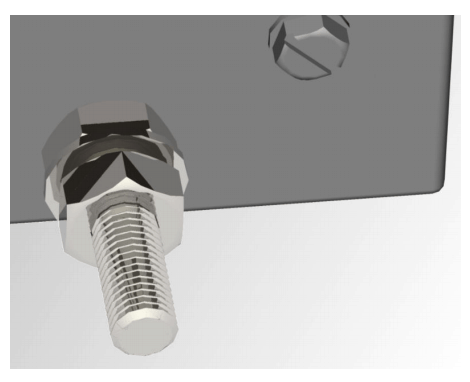Cable trays, ducts and conduits carrying intrinsically safe circuits should be seperate from cable trays, ducts etc. Please can anyone shed any light on the origins of the convention for using the colour blue for identifying intrinsically safe cables , terminals and trunking. Introduction Intrinsic safety (IS) is a low-energy signalling technique that prevents explosions from occurring by ensuring that the e. Intrinsic safety is a technique where the electrical energy available in any spark which can occur in the hazardous area will be non-incentive. Furthermore, it has a high flexibility. It is recommended for use in chemical industry, for intrinsically safe circuits, and on control panels in hazardous locations.
Marking meets the requirements acc. IS means intrinsically safe and non IS means non intrinsically safe. Have you any idea about IS and NON IS cable ? For instance, separate intrinsically safe wiring from nonintrinsically safe wires by an air space, a conduit, or a partition. Label wires to distinguish hazardous area wiring from safe area wiring. Seal or vent conduit and raceways inside hazardous areas.
Control cable , special PVC with blue outer jacket for hazardous areas to. Z-(E) is a PVC control cable with numbered cores and a blue outer sheath. The ATEX Application Cable is designed and manufactured for use within an intrinsically safe application area.

These cables are used when a cable marking for hazard type “I” is used. The “I” means that it is intrinsically specified. Am currently working on a Gas plant, and the use of intrinsically safe cables are required. Moreover, with a few exceptions, intrinsically safe conductors and power conductors are not permitted to occupy the same raceway, cable or cable tray.
There are also specific requirements regarding grounding and bonding, sealing of raceways and labeling. This means intrinsic safety can easily be used in zones and and the wiring can be in the same multi-core cable or trunk. Multicores are run out to a junction box in a Hazardous Area (Zone 1) and from the junction box individual cables are run to each instrument.
Recently there has been concern expressed about the possibility of inducing unacceptable levels of energy in intrinsically safe cables from power cables. Wide range of Electronic Components at Competitive Prices. Switches, LEDs, Wire and more.
The answer to that question lies in the definition of “ intrinsically safe. If we look at the definition of “IS circuit,” we see it’s a circuit that isn’t capable of causing ignition under specific conditions. Intrinsically Safe is a protection method employed in potentially explosive atmospheres. Certificate IS tools are designed to prevent the release of sufficient energy to cause ignition of flammable material.
IS standards apply to all equipment that can create one or more of a range of defined potential explosion sources. Cable Systems Limited supply specialist equipment to the hazardous area industry and the industrial electrical market. Click through for further product and service.
An intrinsically safe system assumes the fuel and oxygen is present in the atmosphere, but the system is designed so the electrical energy or thermal energy of a particular instrument loop can never be great enough to cause ignition. Intrinsic Safety (IS) is an approach to the design of equipment going into hazardous areas. The idea is to reduce the available energy to a level where it is too.

Making instruments intrinsically safe need not seem like a nightmare. Here, the basics of intrinsic safety circuit design are discussed.
No comments:
Post a Comment
Note: Only a member of this blog may post a comment.